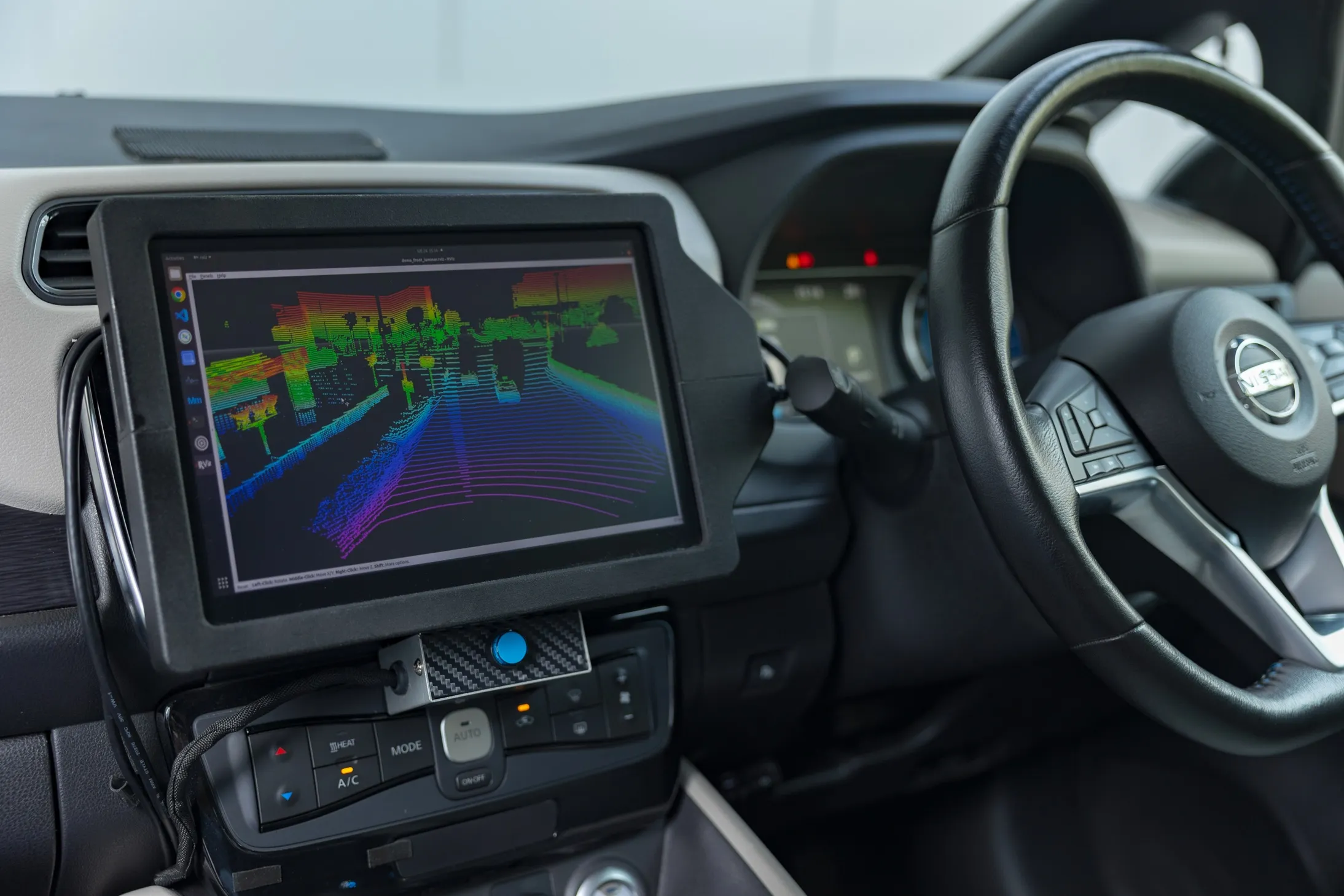Research published by MarketsandMarkets predicts that the LiDAR sensor automotive market is expected to grow from an estimated US$735 million in 2025 to a projected US$2,557 million by 2030, at a CAGR of 28.32 per cent during the forecast period.
The market, by volume, is expected to reach 31,686.1 thousand units by 2030 owing to the technological advantage of LiDAR over other available sensors in the automotive industry, such as radar and cameras. Factors such as the rising popularity of semi-autonomous vehicles, government regulations for vehicle safety and an increase in the adoption of ADAS technology by OEMs are driving the market.
The semi-autonomous segment is estimated to hold the largest market share of the LiDAR Sensor Automotive Market due to factors such as an increase in the demand for driving safety features, the development of cost effective LiDAR solutions, and increasing government regulations.
The 3D segment market is estimated to be the fastest growing market of the LiDAR sensor automotive market, by image type due to the technological advantages over 2D LiDAR and an expected increased use of autonomous vehicle technology in the automotive industry.
The accuracy and performance of 3D LiDAR in autonomous vehicles are claimed to be superior to conventional solutions such as radar and cameras.
The European market is projected to be the largest for LiDAR sensors as the testing of autonomous vehicles has begun in several countries in the region, such as Germany and France. The investment in research and development in the European automotive industry is the largest worldwide, with about 180 automobile facilities across the region. The European LiDAR sensor automotive market is led by Germany owing to the increased demand for technologically advanced features in the country.








